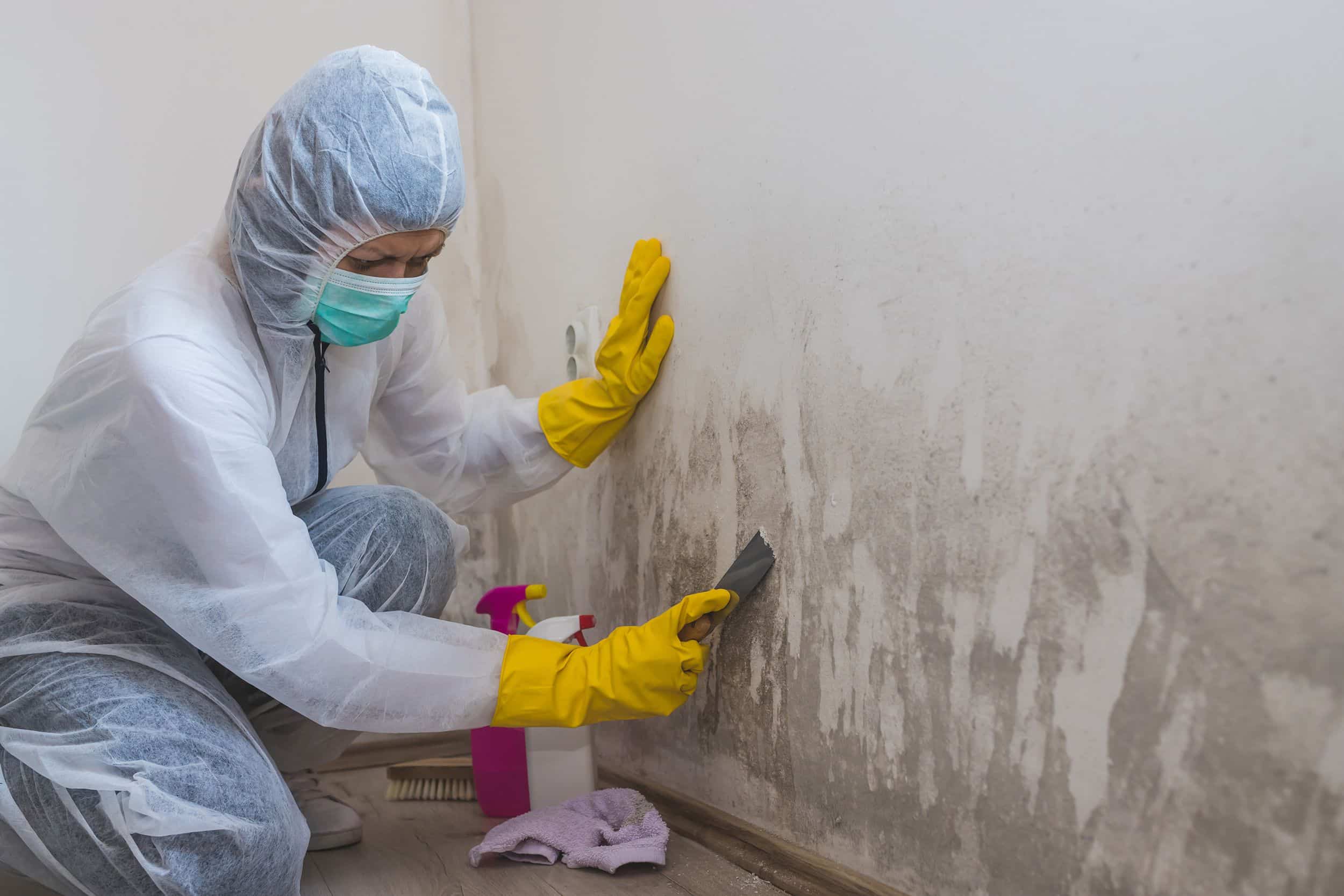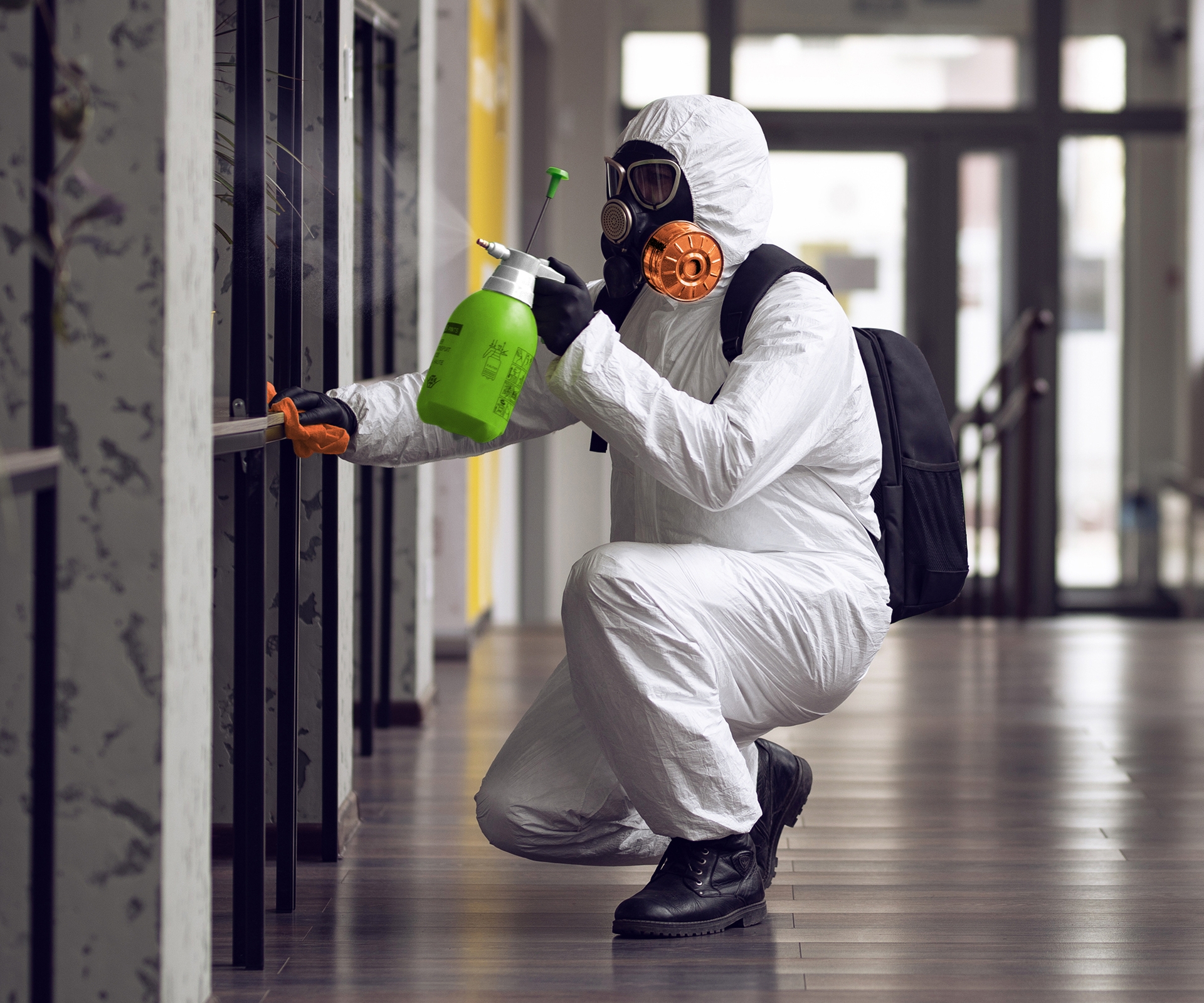Effective Blog Post Mold And Mildew Removal Solutions for Your Home
Mold and mildew growth in homes can be a relentless problem, usually calling for an organized technique for effective post-remediation services. From comprehending the aspects that add to mold development to executing proper cleansing methods and wetness control procedures, the procedure can be complex yet vital for preserving a healthy living environment. Furthermore, checking out natural remediation remedies and developing a routine for continuous upkeep are vital components of a comprehensive mold and mildew remediation strategy. As house owners aim to resolve mold issues, finding one of the most efficient services comes to be vital for the well-being of their homes.
Understanding Mold And Mildew Development Factors
Mold and mildew development is affected by a variety of elements that are vital to comprehend in order to effectively resolve and prevent its expansion. Comprehending these variables is important in implementing successful mold and mildew removal approaches. The primary element adding to mold and mildew growth is dampness. Mold and mildew spores call for dampness to flourish and germinate, making moist or damp atmospheres extremely at risk to mold and mildew problems. Poor air flow can also result in moisture buildup, creating an optimal breeding ground for mold.

Moreover, air movement and light exposure can influence mold development. Locations that do not have appropriate air flow and natural light are more vulnerable to mold development. By addressing these variables adequately, people can properly reduce mold and mildew development and protect their living atmospheres.
Correct Mold And Mildew Cleansing Strategies
Using effective cleansing methods is vital in resolving and protecting against the reappearance of mold contamination in indoor environments. The initial action in correct mold and mildew cleansing is to have the damaged location to avoid the spread of spores to unpolluted areas.

Executing Wetness Control Procedures
To efficiently protect against mold and mildew development and contamination in interior environments, executing wetness control procedures is extremely important. Wetness is the key variable that fuels mold growth, making it vital to manage moisture levels within the home. One reliable procedure is to make use of dehumidifiers to maintain interior humidity degrees below 60%. Furthermore, making certain correct air flow in locations vulnerable to moisture build-up, such as kitchens and bathrooms, can help reduce the danger of mold and mildew development. Routinely checking and repairing any leaks in pipes, roof coverings, or home windows is likewise necessary in protecting against excess wetness accumulation. Utilizing exhaust fans while food preparation or news bathing, and enabling air flow by maintaining furnishings somewhat away from wall surfaces can assist in wetness control. Additionally, using moisture-resistant materials in high-humidity areas, such as mold-resistant drywall and paints, can be beneficial. By faithfully implementing these dampness control steps, property owners can effectively lower the possibility of mold recontamination and maintain a healthy and balanced indoor setting.
Making Use Of Natural Remediation Solutions
After effectively carrying out dampness control steps to stop mold and mildew growth in indoor atmospheres, property owners can now check out the effectiveness of natural remediation options in keeping a healthy living area. All-natural remediation remedies use ecologically pleasant methods to deal with mold and mildew and mold, making them a preferred choice for those looking for non-toxic choices. One such remedy is utilizing vinegar, an all-natural antimicrobial representative, to disinfect and clean surfaces polluted by mold. Just water down vinegar with water and spray it onto the impacted areas, permitting it to sit for a few hours before wiping tidy. In addition, tea tree oil, recognized for its antifungal properties, can be mixed with water and sprayed onto mold-infested surfaces to hinder more growth. Another all-natural choice is hydrogen peroxide, which can successfully kill mold and mildew on various surface areas without leaving unsafe residues behind. By including these natural remediation options right into their cleaning regimens, house owners can effectively combat mold growth while advertising a healthier indoor environment on their own and their family members.

Preserving a Mold-Free Setting
Frequently checking locations vulnerable blog here to mold and mildew growth, such as restrooms, cellars, attics, and kitchen areas, is vital. Appropriate ventilation in locations with high moisture degrees is also essential to avoiding mold development.
Additionally, preserving tidiness in the home is important for mold and mildew prevention. Maintaining indoor plants in check and making certain correct drain in outdoor landscaping can decrease dampness accumulation, minimizing the probability of mold and mildew infestations.
Verdict
In final thought, it is crucial to attend to mold and mildew growth variables, use proper cleaning techniques, apply wetness control procedures, use natural removal solutions, and maintain a mold-free atmosphere in order to properly manage message mold remediation in your home - Post Mold Remediation. By adhering to these approaches, you can prevent mold and mildew from recurring and ensure a healthy living environment for you and your Extra resources family members
The main variable contributing to mold and mildew development is dampness. Mold and mildew spores call for moisture to sprout and thrive, making wet or damp atmospheres very vulnerable to mold and mildew infestations.To properly protect against mold growth and contamination in indoor atmospheres, implementing wetness control measures is critical. Additionally, ensuring appropriate ventilation in locations susceptible to moisture buildup, such as washrooms and kitchen areas, can assist lower the danger of mold and mildew growth.After successfully executing dampness control procedures to stop mold and mildew growth in interior atmospheres, home owners can now check out the efficiency of natural remediation remedies in maintaining a healthy and balanced living space.
 Luke Perry Then & Now!
Luke Perry Then & Now! Alicia Silverstone Then & Now!
Alicia Silverstone Then & Now! Alexa Vega Then & Now!
Alexa Vega Then & Now! Justine Bateman Then & Now!
Justine Bateman Then & Now! Andrew McCarthy Then & Now!
Andrew McCarthy Then & Now!